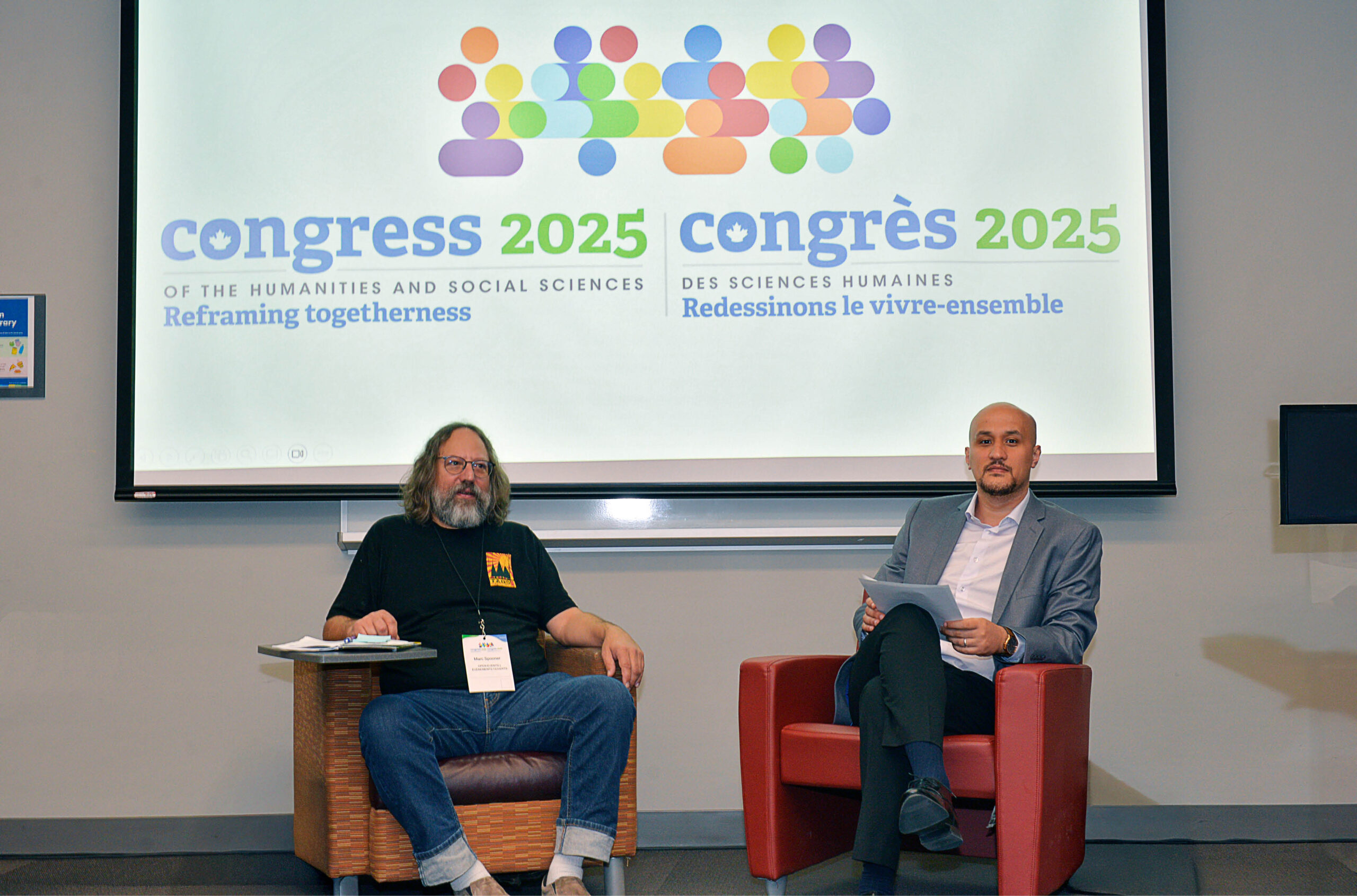Aligning your brand and culture within your team
Once you know what type of brand you are aiming for, you can identify the values that your team should embrace.

I appreciate that the concepts of culture and brand will be new to many academic investigators. We rarely tackle these topics in our training, and most of us may not even understand the meaning of these words. In the first two posts of this series we defined what brand and culture are, and why they’re important in science. We also discussed how to identify whether your culture and brand are mismatched:
- See Part 1 here: The purpose of branding in science
- See Part 2 here: The benefits of aligning your brand and culture
To address gaps that may exist in your branding and align it with your culture, you should start by clearly identifying and articulating your brand aspirations. What do you want your research program to be known for? Do you intend to position your brand as a disruptor, or as a specialist in a particular tool or technology? When your research program comes up in conversation, what words do you want to be associated with it?
Once you know what type of brand you are aiming for, you can identify the values that your organization should embrace. If you’re targeting performance, you should be cultivating a culture of achievement, excellence and consistency within your team. If your program is purpose-driven, you should be cultivating a culture of commitment and shared values around a defined unmet need you aim to solve. When you have clarity on the values necessary to support your desired brand, you can use it to inform and direct other culture-building efforts, including organizational design, reporting structure, leadership development, policies, procedures, recruiting, on-boarding, crisis management, etc.
This advice is not only meant for principal investigators or research leads but also for graduate students, postdoctoral fellows and scientist-level researchers at the earliest stages of their careers. A recent study by Harvard Business School found that professional networking makes people feel dirty, particularly since the practice comes across as disingenuous. Instead, what I propose is taking a communications approach to branding that focuses on sharing your unique perspective and culture within the context of the field/industry your working in. You are not just communicating for your own advantage, but to help other people as well, by representing yourself clearly and showcasing what you bring to the table. Value can come from unexpected places and the hones is entirely on you to bridge the divide between yourself and your community. There are very simple tricks to do this:
- Know the “why?” What is the purpose of the communication? Speak directly to it.
- Use your attention like a spotlight. Focus your attention on others and ask people questions that set them up for success. Let them tell you what they are most passionate about and use their interests to find common ground.
- Build your brand. A personal brand isn’t just the words you use to describe yourself but the actions you take to signal your interests and skills. You should proactively ask yourself what the space is that you want to occupy in someone’s mind and position yourself accordingly. Tools like Google Scholar, ORCID, and Google Patents are free and help consolidate and uniquely identify your academic contributions and inventions. LinkedIn is useful for showcasing your professional profile and sharing accomplishments. Medium has become a popular venue for publishing thoughts and perspectives. Your reputation as a mentor, collaborator, advisor and lecturer are also important components of your brand and should be cultivated as well.
- Remain active and consistent. Always be on the lookout for ways to add value to your relationships in ways that reinforce your brand. One of the easiest ways is to share resources, learnings, or contacts that create value for others and demonstrate your commitment to building your relationships. Social media can be great for this, but messaging usually gets lost in the torrent of activity on these apps (for those of us that even use them). Don’t underestimate the well-timed personal e-mail, the introductory or catch-up phone call, or the one on one meeting. Sometimes reaching out on behalf of others is a great way to keep relationships alive and creates value on both sides of the introduction.
These are tangible grassroots recommendations that do not require a ton of time or money and are as effective as big-budget marketing strategies that feel disingenuous because they are impersonal. Institutions of any size and financing can help by giving their faculty, trainees and employees opportunities to speak and share their research and accomplishments and tapping into their own brand and network by promoting individuals and teams in press releases and highlighting their works publicly. You should also be taking every possible opportunity to promote your peers and mentees and help bridge their network by offering up your own connections. In my experience connecting people only ever adds value, and the goodwill you create for both parties will help reinforce your networks and create equality of opportunity for researchers from diverse backgrounds. Like attracts like, regardless of socio-economic standing, and this sort of networking builds teams that reinforce each other’s cultures and values.
How you operate within your institution, lab, or team should be inextricably linked with how you want to be perceived on the outside. There is no right culture and no culture is perfect. However, identifying the distinct cultural elements that will enable your research program to achieve your desired brand identity, and working to deliberately cultivate them, will help define your purpose and increase your operational efficiency. More importantly, doing this work will facilitate recruitment and allow you to compete for talent in a crowded and competitive research market – and ensure that new hires are aligned with your vision, that their work is on-target, and they, in turn, will help reinforce your culture and brand, further propagating its reach.
Featured Jobs
- Psychology - Assistant Professor (Speech-Language Pathology)University of Victoria
- Veterinary Medicine - Faculty Position (Large Animal Internal Medicine) University of Saskatchewan
- Canada Excellence Research Chair in Forest Biodiversity Conservation (Full Professor)University of New Brunswick
- Canada Excellence Research Chair in Computational Social Science, AI, and Democracy (Associate or Full Professor)McGill University
- Business – Lecturer or Assistant Professor, 2-year term (Strategic Management) McMaster University














Post a comment
University Affairs moderates all comments according to the following guidelines. If approved, comments generally appear within one business day. We may republish particularly insightful remarks in our print edition or elsewhere.